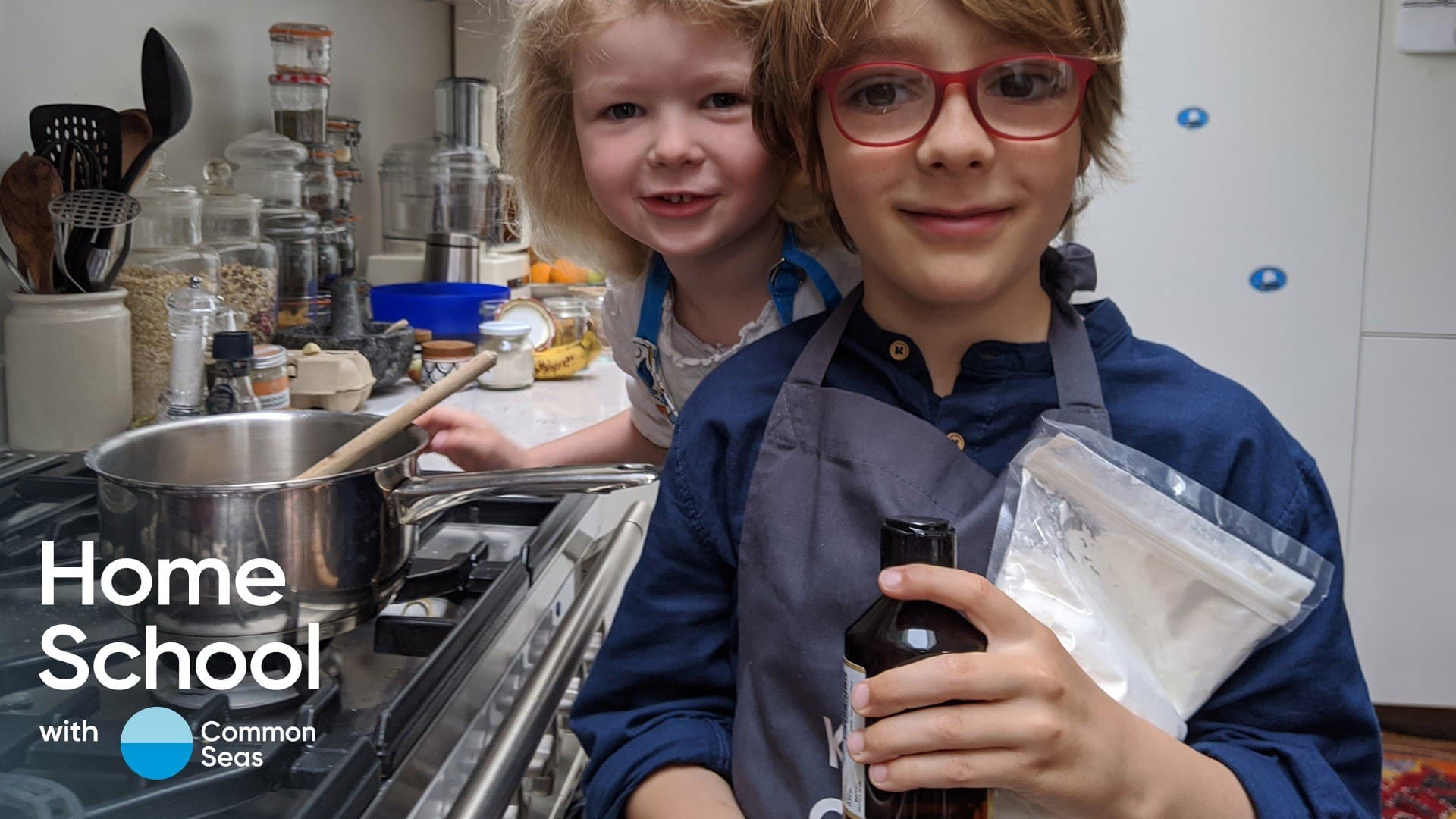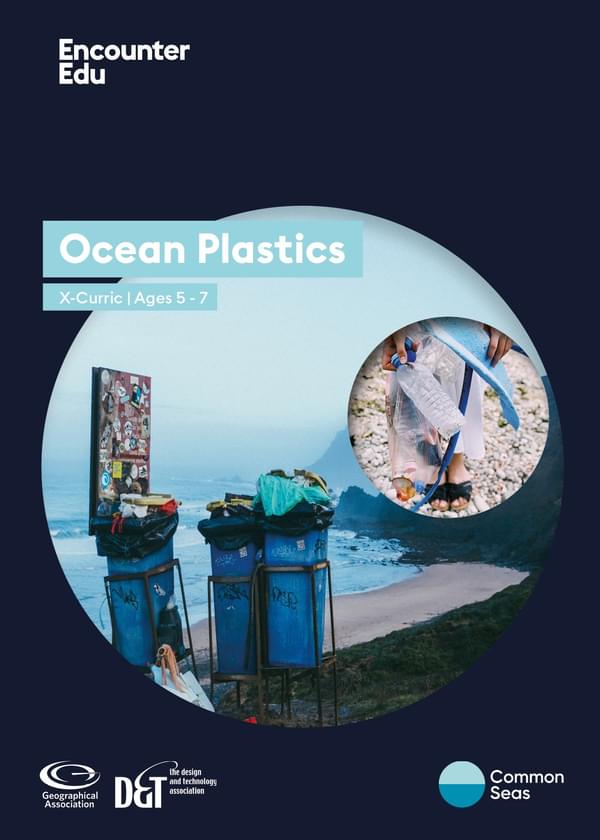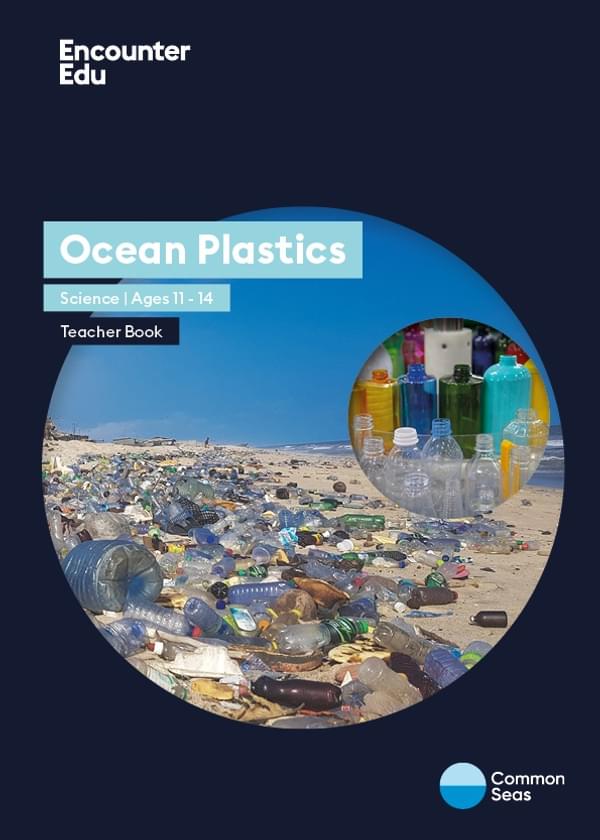Bioplastic decorations

Plastics made from petroleum (oil and gas) can take hundreds of years to degrade in the environment. As well as reducing the amount of plastic used, we can also replace some plastics with other materials that breakdown more easily. In this activity you will make your own bioplastic and think about the role bioplastic can play as an alternative to traditional plastics.
Ages 4+
(adult supervision)
30 minutes
(up to 2 days drying time)
Part of:
Common Seas Ocean Plastics AcademyOverview
In this activity, you will learn how to make bioplastic decorations using simple ingredients that you can find in larger supermarkets or order online. You may have some at home already.
There doesn’t need to be a special festival like Christmas or Valentine’s Day to make decorations. During these extraordinary times, how about making a rainbow, heart, or star-shaped decorations to celebrate our loved ones, friends, carers, health workers and all those making a difference to other people’s lives.
Using simple ingredients, make your own bioplastic, and then use moulds to create celebratory shapes and hang these in your window or outside. Celebrating the love and kindness of thousands around the world need not cost the earth.
In the find out more section, we discuss the wider implications of using bioplastics for other purposes.
Activity steps
- Add the cornflour, water, glycerol and vinegar to a saucepan. Suggested amounts are listed in the What you’ll need section, but the important thing is that the ratio should be 12 parts water, 3 parts cornflour, 1 part glycerine, 1 part vinegar.
- Stir all the ingredients together to remove any lumps.
- Place the saucepan on a stove on a low to medium heat. As you heat the mixture, it should turn from being thin and milky to becoming thicker and clearer.
- Heat for about 10 to 15 minutes at a gentle boil, but be careful not to overheat as this could cause your bioplastic to become lumpy. You can add food colouring towards the end of this stage.
- Your bioplastic should be like a very viscous liquid. You can pour or use a spatula to place your mixture on a sheet of greaseproof paper. Also, take the opportunity to get rid of any air bubbles with a toothpick.
- You can shape your plastic in a couple of ways. Pour or scrape into a cookie cutter or silicone mould, or wait for 30 minutes to one hour and use a cookie cutter to cut out a shape.
- As you are forming your shapes (perhaps hearts or stars) also make a hole to thread a ribbon or string to hang your decoration.
- Leave your decoration to dry fully overnight or preferably for a good day or so.
- Once your decoration is dry, you can paint it and write on it to give love and thanks to all those helping others.
- Hang your decoration in a window or outside to show your thanks and take a picture to share on social media. Please tag us @commonseas and use the hashtag #SeaChampions so we can say thank you too.
Further ideas
To develop ideas about craft and reusing plastics, have a look at the full lesson What can I do? as a part of Ocean Plastics Cross-Curricular | Ages 5-7. The science lesson for ages 11 to 14, What happens to plastic when you throw it away? investigates some of the claims around the decomposition rates of bioplastics.
Safety guidance
- As this activity involves using a stove and heating, these stages should be conducted by an adult. Make sure that the mixture has had at least 15 minutes to cool before children touch it. Children can play a supervisory role in terms of colour, shape, painting, and writing messages.
- If you are posting work on social media, this should be done via a parent, guardian or school account for children under the age of 13. Children over the age of 13 should still be supervised by an adult. Check out the Thinkuknow website for more guidance on online safety.
Brought to you by


Cross-curricular | Ages 5-7
Ocean Plastics
Ocean plastics ages 5-7 unit is a KS1 teacher resource that introduces students to the issue of plastic pollution. Students study materials, their properties and explores what happens to our plastic rubbish.

Science | Ages 11-14
Ocean Plastics
Ocean Plastics Science ages 11-14 unit is a KS3 teacher resource combining both biology and chemistry. Students discover the journey plastic takes from manufacture, use, and disposal into the ocean. Included are teacher resources that allow students to emulate real research conducted by The University of Plymouth.
